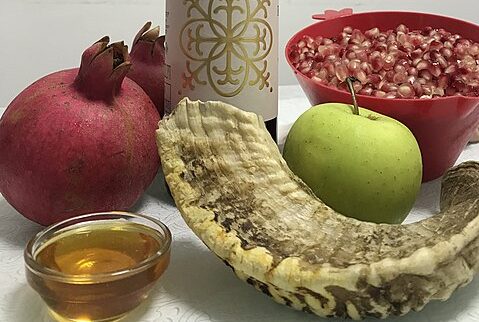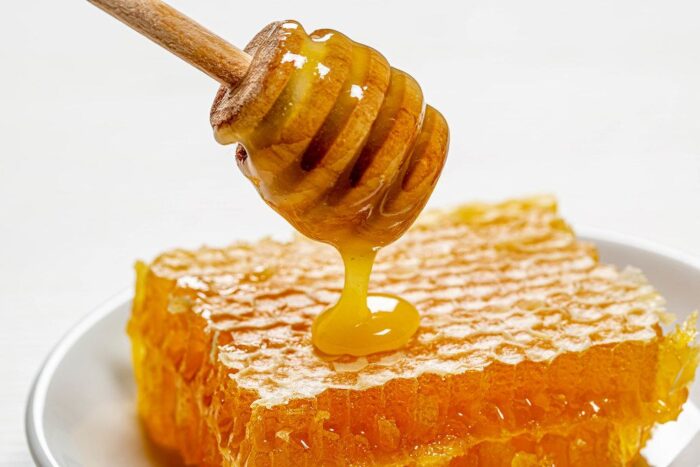What is soft cheese?
Soft cheeses are fresh or young (not aged) cheeses with a high moisture content that makes it soft enough to spread. Some common examples are yogurt, cream cheese, sour cream and cottage cheese. They can be used as spreads, mixed with fruit and granola, or as ingredients in frosting, baked goods, salads, dips, dressing, as a replacement for mayonnaise, in all types of savory appetizers, or for sweet desserts such as cheesecakes and more. Soft cheeses are also consumed for their nutritional value. Yogurt has the added probiotic benefit from active cultures that contribute to a healthy digestive system.
How are soft cheeses produced?
Cheese is created when the casein proteins found in milk stick to each other and separate from the whey. This process doesn’t happen naturally in fresh milk, because the casein micelles (a group of molecules) are covered with a negative charge, so they naturally repel each other.
There are two ways to produce cheese from milk, with rennet or with acid. Hard cheeses, such as mozzarella, cheddar, parmesan or Swiss, are produced using rennet, an enzyme that cuts the outer layer of the casein molecule, which has the negative charge, and allows the molecules to connect and form cheese. These are referred to as rennet-set cheeses. Soft cheeses, such as cottage cheese, cream cheese, sour cream and yogurt, are produced using acids that neutralize the negative charge surrounding the casein. The acid also dissolves calcium, which is the glue that holds the casein micelles in cheese together, so soft cheeses have less calcium and are, therefore, softer.
Historically, soft cheeses were created from milk that was left at room temperature to sour via naturally occurring bacteria. However, today, cheese production begins with pasteurized milk. Non-fat dry milk can be added to create reduced fat products and cream can be added to raise the fat level.
The milk and cream are pumped into mixing tanks, mixed with additional ingredients, homogenized, pasteurized and then cooled to the desired temperature. The product is then pumped into a vat or tank where acid or a starter culture (the culture converts the lactose in the milk into lactic acid) is added, causing the milk to become cheese.
From here, the process is different for different types of soft cheese:
- Sour cream and yogurt are cooled and packaged. Additives such as fruit fillings can be mixed into the product before packaging. (Greek yogurts have thicker consistency because the whey is removed.)
- Cream cheese – The cheese curds are separated from the whey, heated, mixed with stabilizers, cooled and packaged.
- Cottage cheese is a mixture of curds and dressing. First, the curds are separated from the whey. A small amount of rennet is added to the vat at the beginning to speed up the process. The curds are cut into pieces, cooked, separated from the whey, mixed with dressing and then packaged. The dressing is a mixture of cream and additional ingredients, which are homogenized, pasteurized, and then blended with the curd to form cottage cheese.
Are soft cheeses kosher?
Soft cheeses always require a reliable kosher certification to ensure that all the cultures, additives, and different toppings or fruit fillings are kosher. A typical non-kosher ingredient in soft cheese is gelatin, which can be used in sour creams and yogurts. The equipment also needs to be monitored to ensure that it does not process any non-kosher products or that a proper kosherization is performed.
There is a Rabbinic prohibition against Gevinas Akum[1], where cheese made by a non-Jew is considered non-kosher due the possible use of non-kosher animal rennet.[2] As previously discussed, rennet is an essential ingredient in the forming of hard cheeses, and occurs naturally in calf stomach linings. If the rennet comes from a non-kosher source, the cheese is non-kosher, and even with a low usage level below 1/60th, the rennet is considered a davar hamaamid (something that gives the product its form) and is not nullified.[3]
Some Poskim[4] hold that the rabbinical prohibition on Gevinas Akum includes all forms of cheeses. However, the accepted custom in the United States is to follow the psak of Rav Yosef Eliyahu Henkin, ztz”l, who held that acid-set cheeses were never included in the rabbinical prohibition as there was no reason to ever be concerned that a non-kosher rennet was used in production. This psak is accepted for the certification of Cholov Stam soft cheeses, but, when certifying Cholov Yisroel soft cheese, a mashgiach will always be present and add the acid or cultures to the vat to satisfy all opinions.
As mentioned above, small amounts of rennet can be used in the processing of soft cheeses, such as cottage cheese to speed the curdling process. However, the usage level is extremely low, 1-2 ml in 116 gallons of milk, compared to the typical usage level of 70-130 ml of rennet in the same amount of milk in rennet-set cheese. This rennet isn’t enough to cause true coagulation on its own; it is just there to speed up the process and is not considered davar hamaamid and does not classify the cheese as rennet-set from a kosher perspective.
[1] Shulchan Oruch YD 115:2.
[2] See Kosher Spirit Chanukah 5781 for a longer discussion.
[3] Shulchan Oruch YD 87:11.
[4] See Chochmas Adam 53:38 and Oruch Hashulchan YD 115:16.
Rabbi Hendel is a member of the OK Kosher Vaad HaKashrus.


 EN
EN  ZH
ZH  KR
KR  BR
BR  ES
ES  IN
IN  IL
IL 




